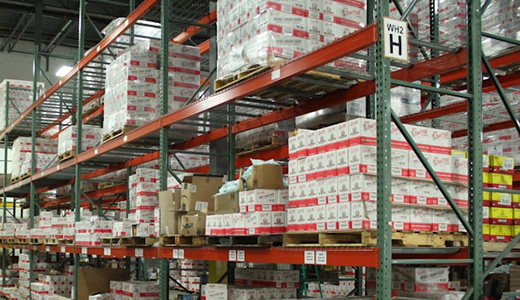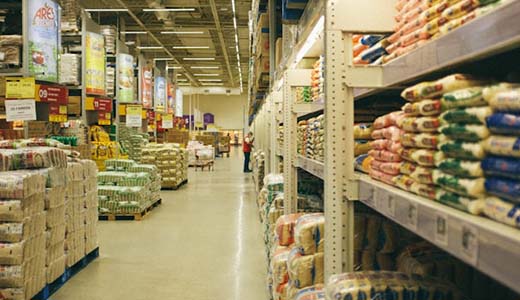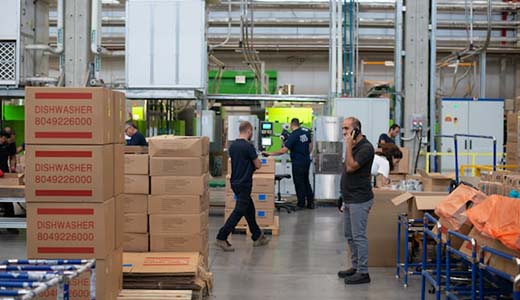What is warehouse labor management software?
Warehouse labor management software is a tool designed to optimize and enhance the efficiency of labor operations within a warehouse. It helps managers track employee performance, manage schedules, forecast labor needs, and streamline workflows. By analyzing data on productivity, task completion, and employee utilization, the software facilitates better decision-making and resource allocation. Additionally, it can integrate with other warehouse management systems to provide a comprehensive overview of logistics and operations, ultimately improving overall warehouse performance and reducing operational costs.
Applications of warehouse labor management software?
Warehouse labor management software is essential for optimizing workforce efficiency and productivity. Key applications include tracking employee performance, scheduling shifts, managing workloads, and monitoring attendance. It helps identify labor gaps, reduce overtime costs, and streamline training processes. Additionally, such software can enhance real-time communication, facilitate data analysis for better decision-making, and improve compliance with safety regulations. With integrated tools for inventory management and task prioritization, it enables warehouses to operate smoothly and respond dynamically to fluctuating demands. Overall, it enhances operational efficiency and supports strategic workforce planning.
Different types of warehouse labor management software?
Warehouse labor management software typically includes several types, such as:
- Workforce Management Systems (WMS) - Focus on scheduling, tracking, and optimizing labor resources.
- Time and Attendance Systems - Track employee hours, attendance, and productivity.
- Performance Management Tools - Monitor employee performance metrics and set productivity goals.
- Task Management Software - Assign and prioritize tasks based on efficiency and workload.
- Mobile Workforce Solutions - Enable real-time updates and communication through mobile devices.
Each type aims to enhance productivity, reduce labor costs, and improve operational efficiency within warehouse environments.
Technology used for warehouse labor management software?
Warehouse labor management software typically utilizes technologies such as cloud computing for scalability and accessibility, AI and machine learning for predictive analytics and optimization, barcode scanning and RFID for inventory tracking, and mobile applications for real-time data access. Integration with Enterprise Resource Planning (ERP) systems enhances data flow, while IoT devices can monitor equipment and environmental conditions. User-friendly dashboards and reporting tools facilitate performance tracking and decision-making. Together, these technologies improve efficiency, reduce labor costs, and enhance overall warehouse operations.
Advantages and disadvantages of warehouse labor management software?
Advantages: Warehouse labor management software improves efficiency by optimizing workflows, tracking employee performance, and reducing labor costs. It enhances accuracy in inventory management and facilitates better scheduling and resource allocation.
Disadvantages: Initial setup costs can be high, and ongoing maintenance may require significant investment. Training staff on the new system can be time-consuming. Additionally, reliance on technology may lead to challenges in adapting to unexpected situations or system malfunctions.






